 |
| Self-closing gripper for buffing small parts |
Background
Picking up and holding small items can be difficult for several reasons, including:
- Some items are too small to be easily handled and placed accurately.
- Continuously holding an item can fatigue muscles plus contribute to long-term hand disorders, even if the item is lightweight and held loosely.
- If force is applied to the item, such as for buffing, polishing, or grinding, the difficulties are increased.
- Holding an item can constitute ineffective use of one hand, interfering with the ability to perform work.
Generic terms for tools that relieve these problems are “grabbers” or, more technically, “handheld fixtures.” However, there is no actual term that is commonly used in industry for this category of tool.
Objectives
Reduce static load from gripping or pinching.
Ideas and Options
Self-closing tools
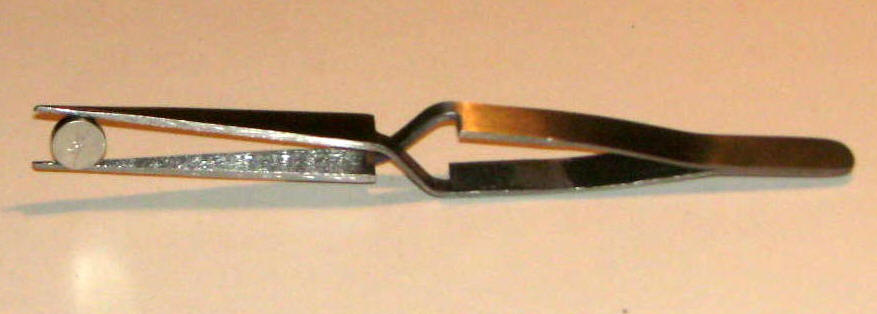 |
 |
| Self-closing tweezers (reverse tweezers) | Self-closing pliers (clamping pliers) |
Self-closing tools are designed with a spring that keeps the tool closed unless you squeeze to open it. This action is the reverse of many common tools, such as tweezers or pliers, that you squeeze to keep closed and which open when you relax your hand.
Thus, this self-closing mechanism eliminates the need for you to continously squeeze a tool to hold an item. Even though you may still need to continuously hold the self-closing tool, the strain on your hand is reduced.
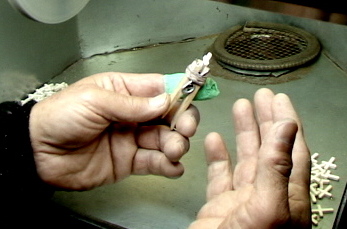 |
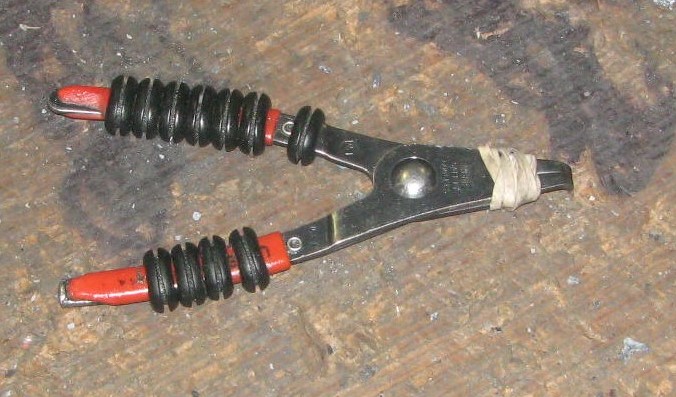 |
| Clothes pin | Rubber bands wrapped around pliers |
Clothes pins are self-closing and for this reason are sometimes used to hold small parts in industry. The photo above left shows a clothes pin that has been augmented with a rubber band for extra holding power. The example above right is a small pliers that has been converted to self-closing by using rubber bands. (Note in this photo the added cushioning/friction surface on the hand grip.)
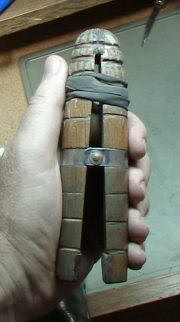 |
 |
| Jeweler’s ring clamp | |
Some industries have traditionally used self-closing tools for working on small parts. In other industries, the concept is unknown.
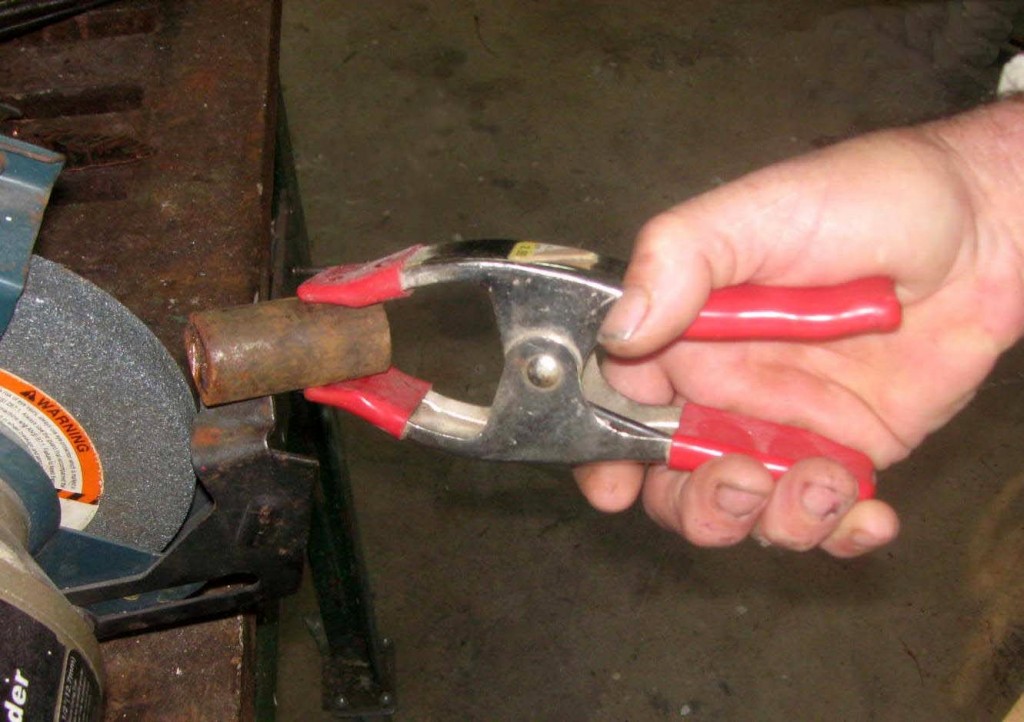 |
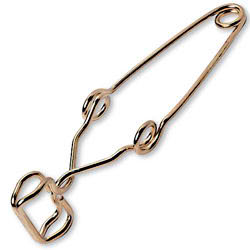 |
| Common spring clamp | Test tube clamp |
Any type of spring clamp might be adaptable for this purpose. Some types of holders, such as a test tube clamp, are available from specialty industry suppliers. Self-closing tweezers and pliers are available from hobby stores, medical supply sources, and some industrial suppliers.
Locking grippers
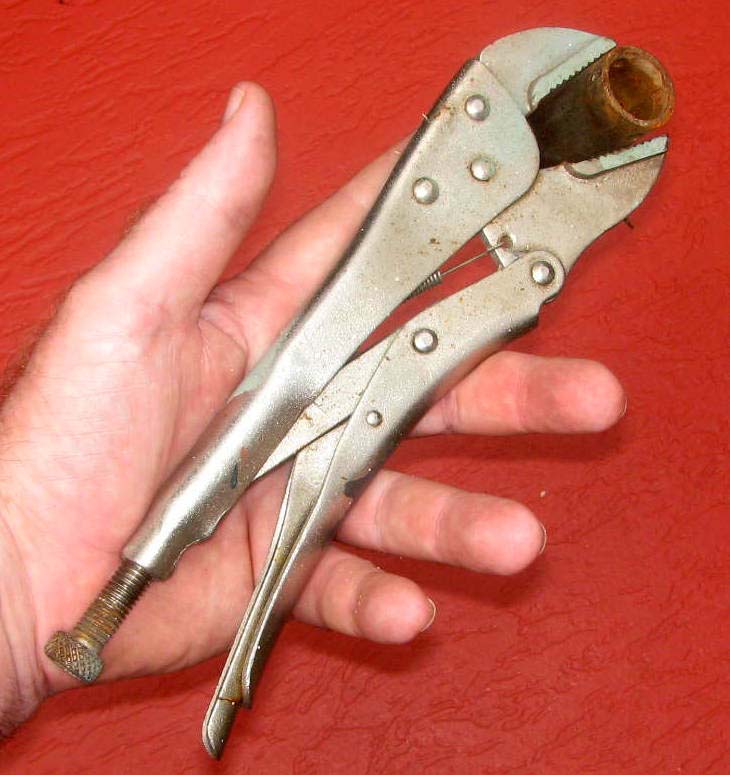 |
| Locking pliers |
A locking pliers enable holding an object very tightly with a loose grip. These features have enabled this tool to become a household item. (Vise-Grip is a brand name, although often used generically.)
 |
| Twisting clamp |
Twisting clamps perform the same function, but use a different mechanism to lock items in place.
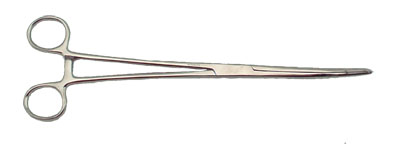 |
| Hemostat clamp |
The hemostat was originally designed for use in surgery. However, the locking mechanism is so useful for holding small parts that it has now become a standard tool in a variety of manufacturing operations and is available from many industrial supply houses.
 |
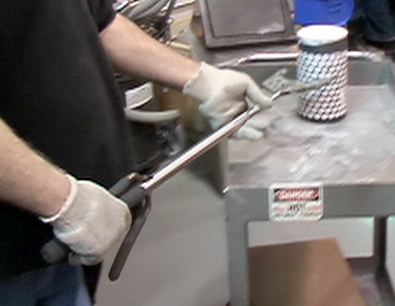 |
| Standard and locking tongs | Locking tongs in use |
Locking tongs are available for heavy and hot work, such as handling crucibles and loading ovens.
Vacuum tweezers or “pen”
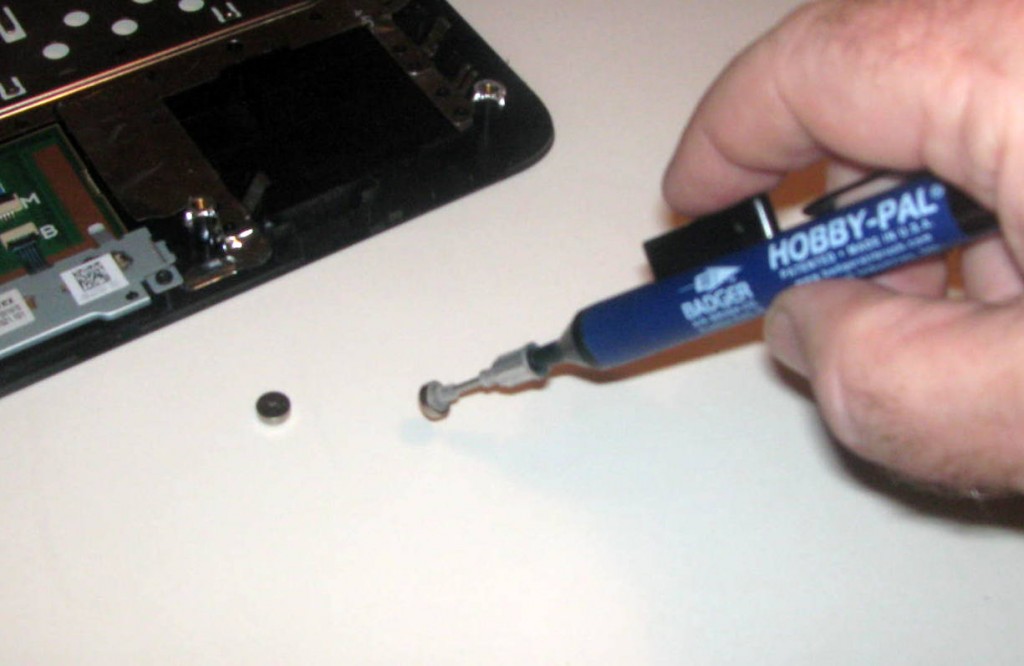 |
| Vacuum pen for small items |
Vacuum pens are designed primarily for picking up and placing small items, such as in electronic assembly. However, they can be useful in any task that requires picking up and holding small items. Several types are available including squeeze bulb, battery operated and benchtop models (with separate vacuum source).
